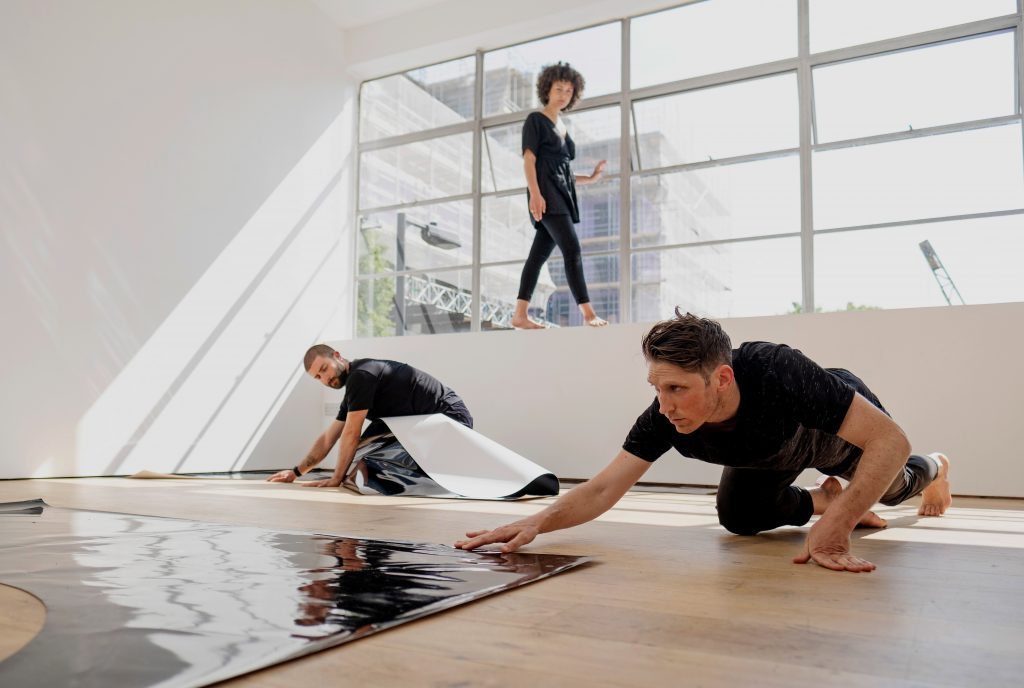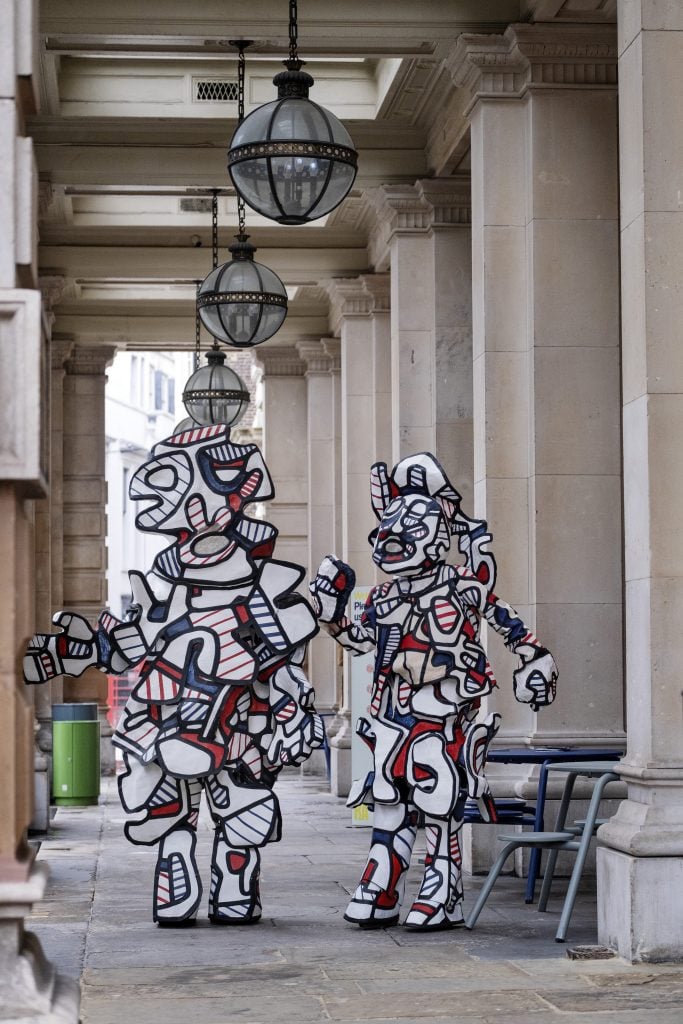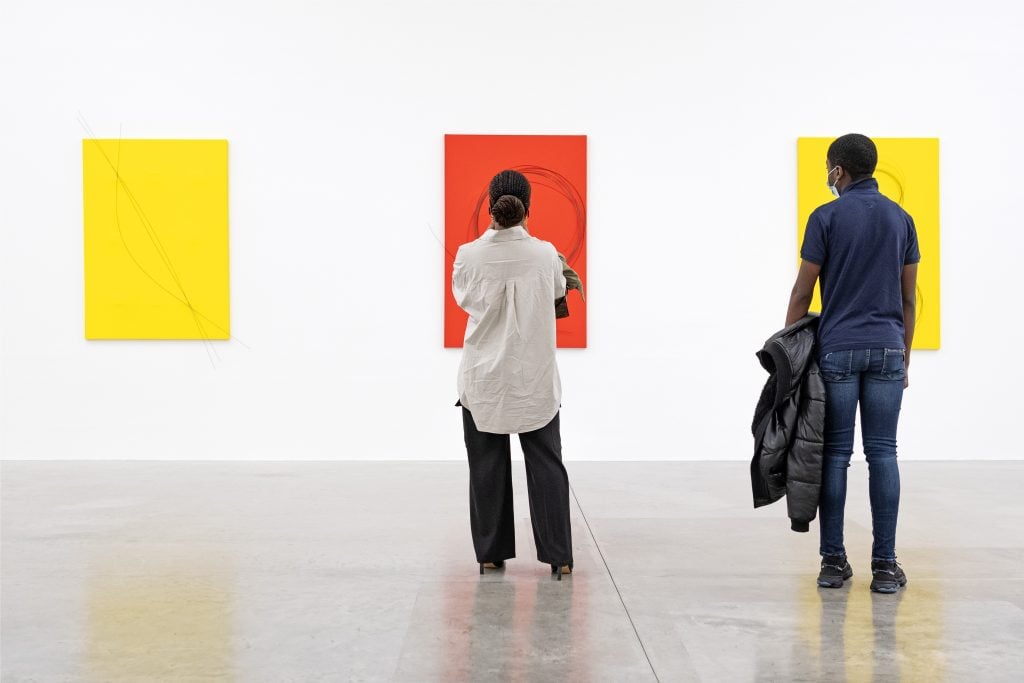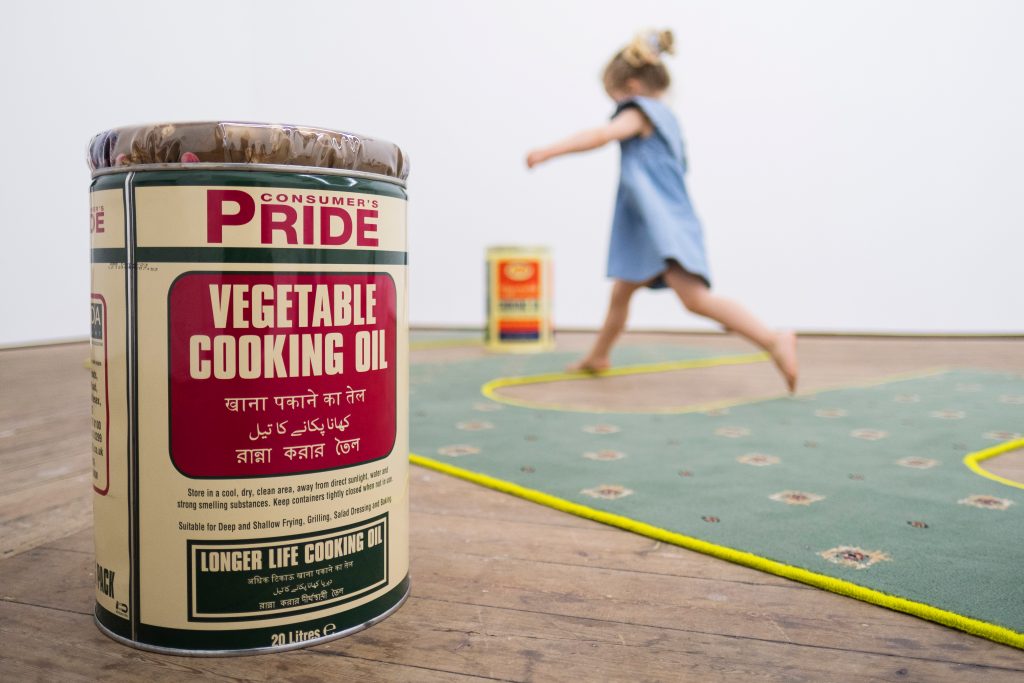Artnet News Pro
London’s Debut Gallery Weekend Was a Smashing Success. But Can This Humble Format Replace the Art Fair?
London is one of many art-market centers putting the gallery weekend format to the test.

London is one of many art-market centers putting the gallery weekend format to the test.

Naomi Rea

“London hasn’t felt this full of energy in over a year,” art dealer Sadie Coles said after the city’s first-ever Gallery Weekend.
The event saw more than 40,000 people visit 140 participating galleries across the city over the course of three days. And it represents the latest experiment with the gallery weekend format as a way to substitute the market momentum and sense of urgency of art fairs at a time when international travel remains limited.
While gallery weekends in Paris, Zurich, and Berlin have been around for years, the idea for London’s developed after a successful decentralized affair during Frieze London last fall. Similarly, following the cancellation of Art Basel’s Swiss flagship in 2020, galleries in different cities mounted booths at home in their galleries, and Art Brussels is experimenting with a similar format this year.

Capsule performance of Jean Dubuffet’s Coucou Bazar outside PACE Gallery, London, 2021. Photo: Linda Nylind.
The popularity of London’s inaugural gallery weekend, which ended June 6, is a testament to a hunger for in-person art experiences of any kind. But as we emerge from the pandemic, some are wondering: could the format pose a viable alternative to the innumerable international art fairs that crowd the calendar at great expense to dealers, not to mention the environment?
“I think the LGW really cracked something with this format,” said Fred Henderson, director of Cecilia Brunson Projects, which presented a selection of works by Brazilian female artists. “It feels more real, thoughtful and less of an IKEA culture—fairs are not usually worth the money and stress.” Henderson—who was able to leverage the buzz to pre-sell two works—added that the experience was also “much better” than trying to sell art online during the pandemic.
Ultimately, the potential of the gallery weekend format hangs on how well footfall and buzz translate into sales. Galleries paid a fee to take part (and for inclusion in promotional materials) ranging from £300 to £3,000, with larger spaces subsidizing their smaller colleagues.

Installation view of Takis, White Cube Bermondsey, London, 2021. Photo: Linda Nylind.
Goodman Gallery reported a whopping 1,000 visitors and sold three works, including two from its show of Kapwani Kiwanga in the region of $30,000 each to “serious, European private collections” as well as a third sale of $25,000 to a London private collection.
“LGW more than delivered on its promise, with serious museum groups touring and engaged members of the public throughout the weekend, it brought a dynamism to the London market,” said Jo Stella-Sawicka, the gallery’s senior director.
Indeed, if part of the objective of an art fair is to compel audiences to get out and engage with art, London’s event ably filled the same niche. Curators and patron groups from U.K. institutions including Tate, Serpentine, and Whitechapel Gallery were out in force, as were groups from regional museums.
“The impressive footfall over last weekend confirms that this is a far broader potential public than the one we currently see visiting our spaces on a regular basis,” said Jeremy Epstein, one of the co-founders of London Gallery Weekend and co-founder of Edel Assanti. His gallery cemented two sales from its exhibition of the British photographer Vinca Petersen and has entered into a “promising” acquisition discussion with a London institution.
Meanwhile, Unit London reported receiving lots of sales enquiries from walk-ins (although their show had already sold out in advance).

Installation view of Yayoi Kusama: I Want Your Tears to Flow with the Words I Wrote, Victoria Miro – Wharf Road, London, 2021. Photo: Linda Nylind.
While the gallery weekend may not have seen the kind of in-person feeding frenzy reminiscent of, say, Art Basel Miami Beach in the mid-2010s, it did address a number of the oft-repeated complaints about the art-fair format: not enough context for an artist’s work, not enough room for substantial engagement.
“Having a weekend dedicated purely to gallery shows outside of the art fair calendar avoids a conflict of people’s attention, and is an opportunity to focus on the fantastic exhibitions that artists and galleries stage,” dealer Thaddaeus Ropac said. Following the weekend, Ropac reported the sale of a work by Tom Sachs to a major institution; action in the gallery’s private viewing room upstairs; and serious discussions regarding the sale of two major Robert Rauschenbergs.
Still, Ropac and many others stopped short of deeming the gallery weekend a substitute for an art fair. While events like this one may translate into faster sales than more modest gallery share programs like Condo, fairs remain supreme in terms of encouraging transactions at scale.
“I’m not going to pretend that I don’t miss travel and the new discoveries and exchange of practices and ideas that come about when participating in fairs abroad,” said Antonia Marsh, the director of Soft Opening.

Installation view of Jasleen Kaur, Oil Drum Stools, 2010 – ongoing, Copperfield, London. Photo: Linda Nylind.
Art Brussels, meanwhile, experimented with a similar gallery weekend format between June 3–6 in lieu of its typical fair. (It used its platform to promote gallery shows through an online viewing room but did not ask for a participation fee.)
Anne Vierstraete, the fair’s managing director, said many Flemish collectors came out in person—but she was clear that this format was a one-time thing. “It is definitely not our intention to continue as a gallery weekend,” she said.
Most of the participants in London Gallery Weekend that we spoke to said that they would take part in the event next year. Should the dates stay in the summer, it would be a moment distinct from, and in addition to, Frieze in the fall.
It remains to be seen, however, if the format will be as successful when international travel resumes and galleries have less of a captive audience in the capital.
While the consensus among dealers seemed to be the weekend offered a welcome break from online selling platforms, no one was eager to let go of the virtual entirely. Even after full-capacity in-person events can resume, the post-pandemic art market is likely to adopt a “clicks and mortar” approach with a “both and” strategy when it comes to fairs and gallery weekends.
“We have to learn from this past year,” said Louise Hayward, senior director of Lisson Gallery, “and not just revert to what was ‘the norm.'”
Additional reporting by Kate Brown.